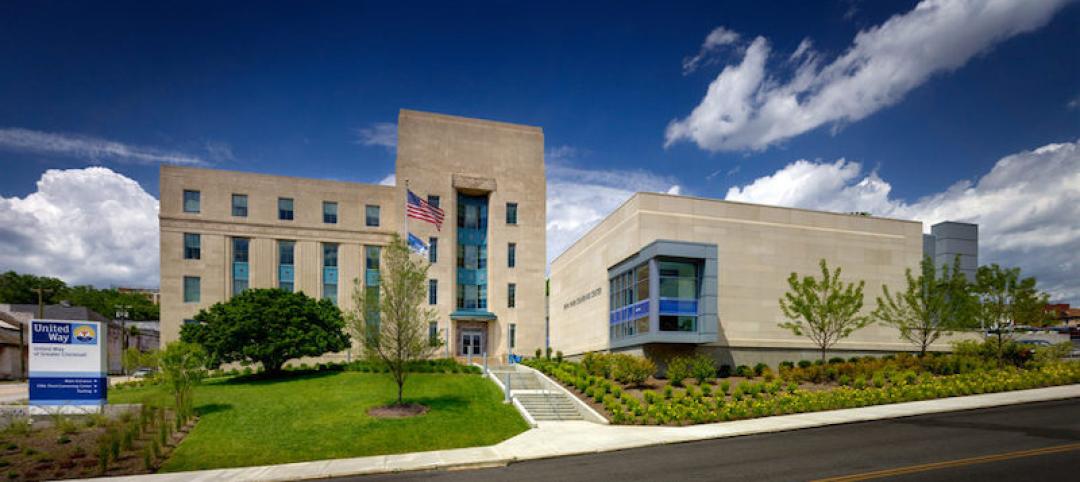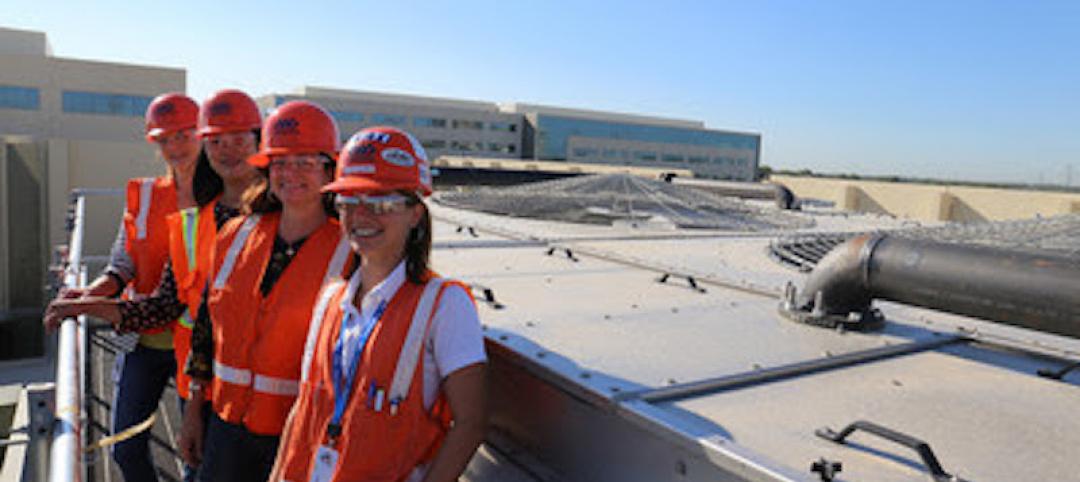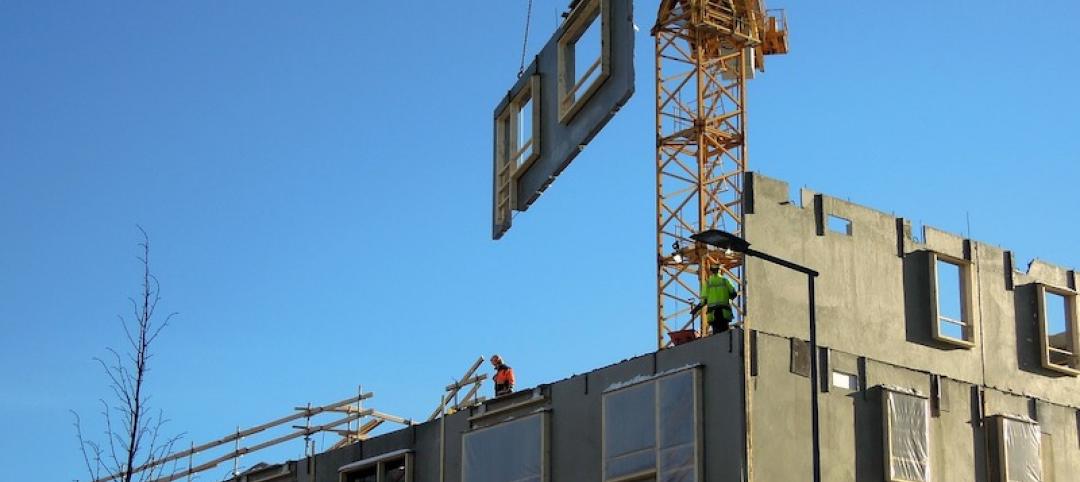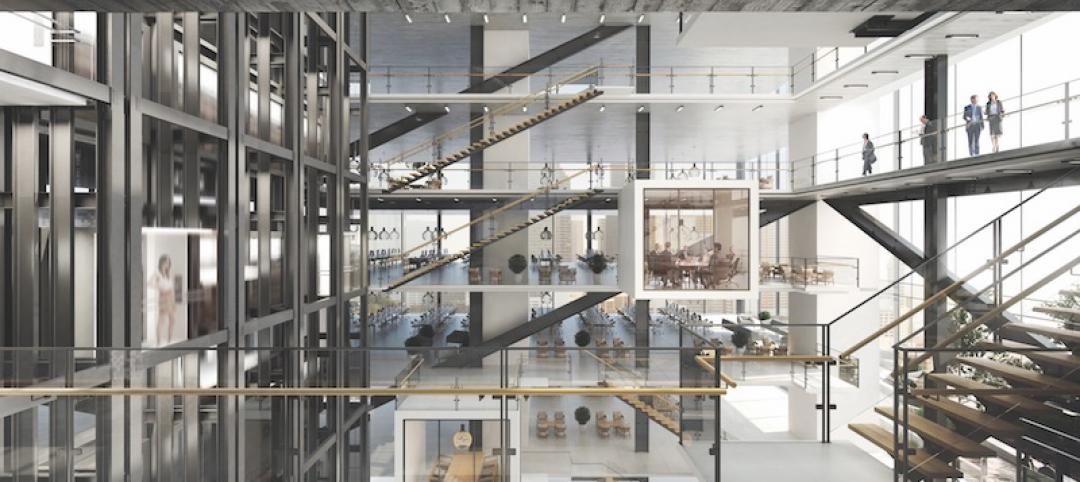Following months of political debate over the nation’s infrastructure spending needs, with multiple bills in play, the Senate took a major step forward in August, passing the $1 trillion bipartisan Infrastructure Investment and Jobs Act.
The bill—which faces scrutiny by House members before it is sent to President Biden for signing—includes $550 billion in new spending over five years for a range of initiatives related to bridges, roads, railways, even broadband Internet. Allocations include $110 billion for roads, bridges, and major projects; $66 billion for passenger and freight rail projects; $65 billion to expand high-speed Internet access; $25 billion for airports; $17 billion for port infrastructure; and $7.5 billion each for electric vehicles and zero- and low-emission buses and ferries.
When it comes to buildings-related investments, the bill is noticeably light on earmarks for initiatives in the commercial, institutional, and multifamily building sectors. It would set aside $500 million for energy upgrades in schools, but that’s about it.
“There is much more that Congress can do to improve our nation’s building stock,” wrote former House Rep. (D−Mo.) Russell Carnahan in a recent editorial in the SmartCitiesDive newsletter. Carnahan, Co-founder of BuildingAction, a non-profit group that advocates for policies and investments aimed at improving the nation’s buildings, opined that infrastructure upgrades and building investments should go hand in hand. Buildings, he wrote, “serve the national interest” and “impact our quality of life in many of the same ways as other infrastructure” does. And investment in building upgrades and new construction projects—especially energy-efficient buildings—tends to outperform investment in other sectors when it comes to creating jobs, according to BuildingAction analysis.
In late May, a collective of 21 AEC industry organizations, including ABC, ACEC, AIA, ASHRAE, BOMA, and USGBC, co-signed a letter to Congress pushing for funding in the infrastructure bill aimed at enhancing the resilience of the nation’s buildings. Citing nearly 4,000 deaths and some $550 billion in damage from weather- and climate-related events between 2014 and 2019, the group claims that “with new investments to support forward-thinking planning, design, and construction, the building industry can be a leader in saving lives and reducing costs.”
Regardless, unless the Senate’s infrastructure bill sees a major shake-up in the House, or a second heftier spending bill makes its way through Congress, the AEC industry will have to wait for the next major infrastructure spending initiative to state its "buildings as infrastructure" case.
Related Stories
Coronavirus | Mar 30, 2020
Learning from covid-19: Campuses are poised to help students be happier
Overcoming isolation isn’t just about the technological face to face, it is about finding meaningful connection and “togetherness”.
Building Team | Jan 31, 2020
Red Wing unveils a work boot designed by women, for women
The boots are available now.
Libraries | Jan 23, 2020
Information or community center: The next generation of libraries must be both
Are libraries still relevant in a digital world?
Building Team | Dec 9, 2019
The right funding mechanism can help move your project forward
The following case studies illustrate some of the ways we’ve helped our clients navigate different tax credits.
Building Team | Nov 12, 2019
Autodesk and AGC to provide construction industry with custom-fitting safety harnesses for women
Construction technology provider and national trade organization launch grant program to help address industry need for better-fitting personal protective equipment (PPE) for women working at heights.
Building Team | Oct 7, 2019
Contractor Giants are all in on offsite construction
Speed, quality, advanced coordination, and schedule gains are commonly cited as benefits of offsite construction.
Building Team | Jul 17, 2019
12 key features your AEC website could be lacking
Today’s A/E/C firms can no longer rely on the brochure-style websites of the past.
Building Team | May 21, 2019
Real estate learns to share
The sharing economy puts a different spin on new construction and building operations.
Building Team | Mar 22, 2019
AEC firms go outside the box
A look at six products and companies incubated by AEC firms for commercial sale.
Building Team | Feb 19, 2019
Strategies and tools to help navigate a successful M&A
Based on Hinge’s industry research, smaller firms typically spend a higher percentage of revenue on marketing and business development efforts for the same return.

















